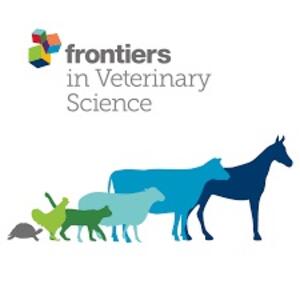
The economics of optimal health and productivity in smallholder livestock systems in developing countries
Abstract
Livestock kept or produced in smallholder farming systems are an important component of the agricultural economy in the developing world. The role of livestock on smallholder farms varies widely, providing draught power for crop production or as a production activity for subsistence needs or market sale under systems ranging from extensive pastoralist to intensive, peri-urban feeder and dairy systems. A set of unique conditions and features characterise smallholder systems, and these need to be appreciated when assessing the strategies that have evolved for managing animal health in smallholder systems, and evaluating opportunities for improving disease control strategies. To provide a framework for discussing animal health issues and analytical methodologies, a typology of smallholder livestock and crop/livestock systems is developed. The typology considers livestock systems both in terms of the degree of intensification, as measured by market orientation and intensity of factor use, and in terms of importance within the household economy, as measured by contribution to household income. A number of characteristics are identified that distinguish smallholder systems from the commercialised systems of developed countries, including the multiple functions livestock serve, the integrated nature of livestock activities, multiple objectives of producers and lower capacity to bear risk at the household level, as well as poor infrastructure, markets, and access to information at the community level. Three representative smallholder livestock systems from Africa are described in detail, highlighting the relevant characteristics and the implications for analysing disease control strategies. Smallholder dairy systems in Kenya demonstrate the role of individual producer decision-making for animal health management in intensive, market-oriented systems, placing emphasis on farm-level risk and production management aspects of disease control. In extensive pastoralist systems where epidemic diseases are still important and infrastructure is poor, disease control primarily involves managing communal natural resources, requiring a different analytical approach. Finally, in crop farming systems using draught cattle, the livestock activity is an integrated component of crop production and this must be reflected in the approach used to evaluate draught animal health management. Continued development of analytical approaches and decision-support tools for disease control strategies adapted to the special characteristics of these systems will be needed as smallholder systems continue to intensify in areas with good market access, and those in marginal areas face increasing pressures to optimally manage the natural resource base.
Citation
Revue Scientifique et Technique d l'OIE;18(2): 399-424










